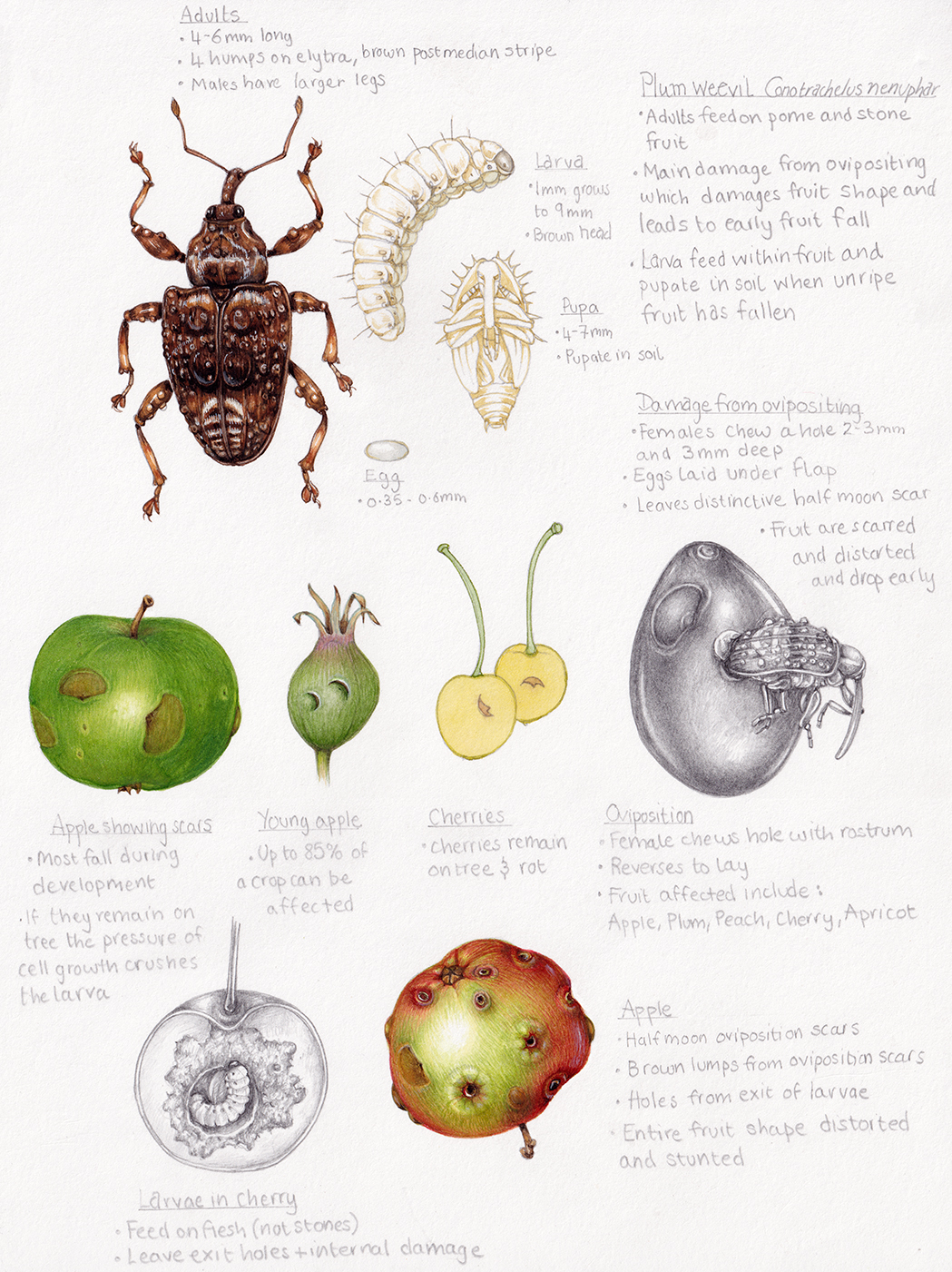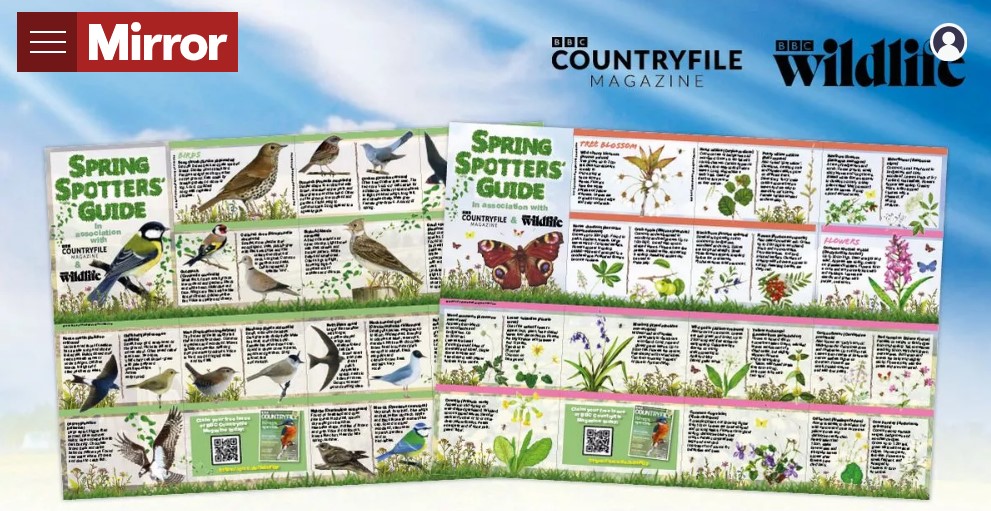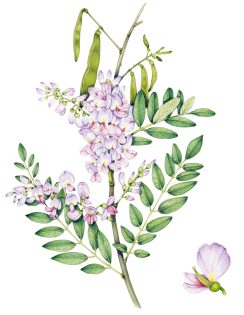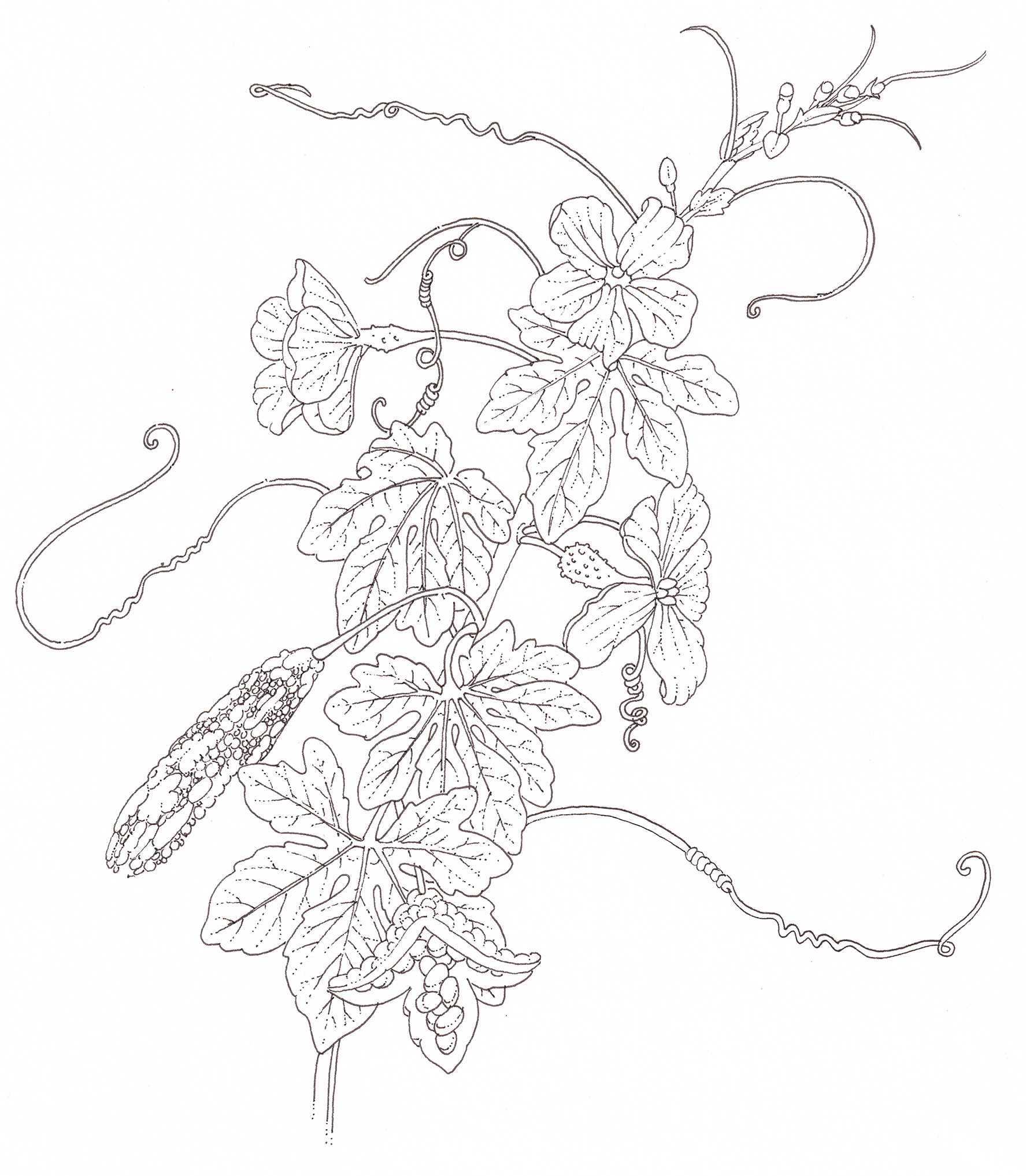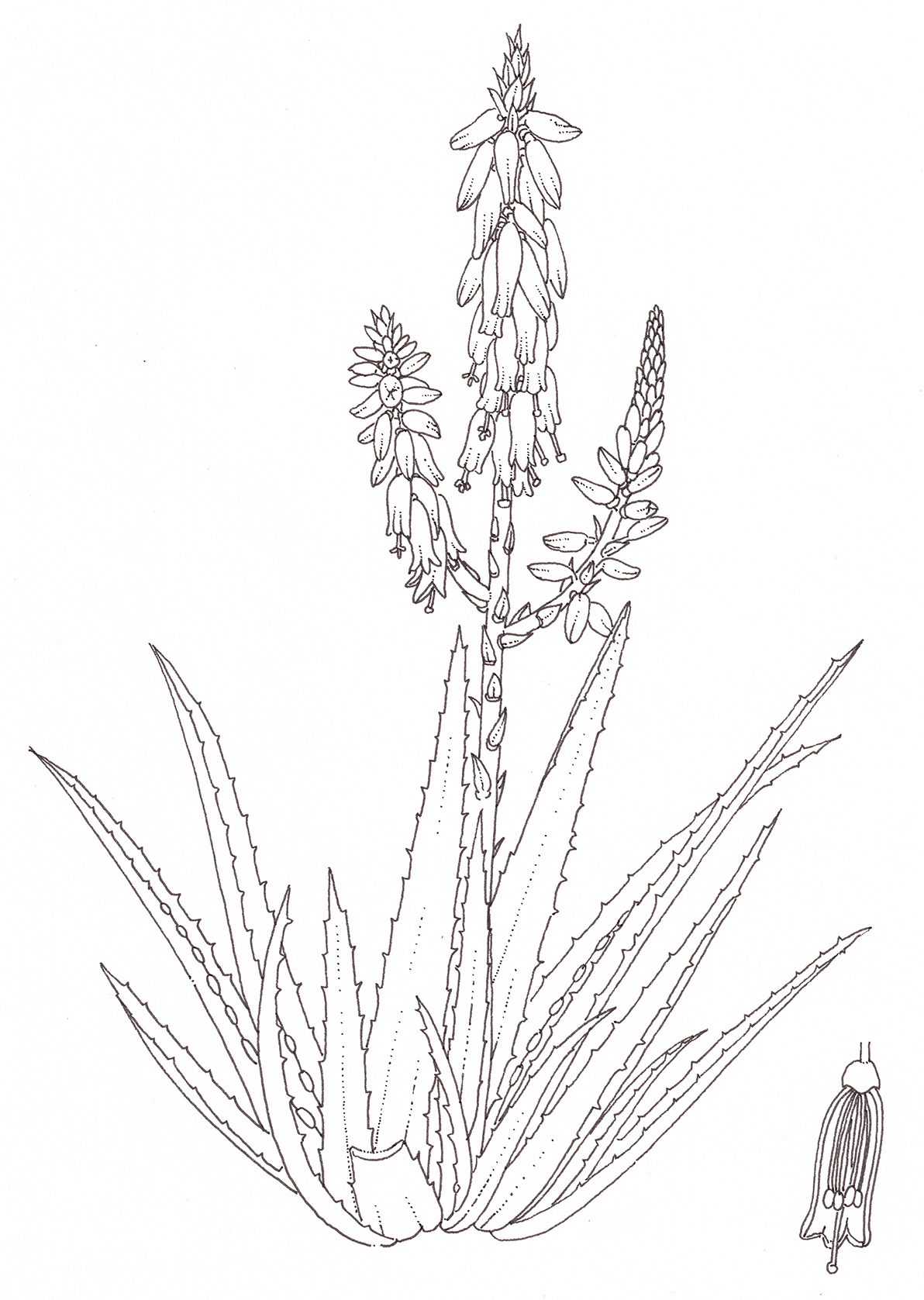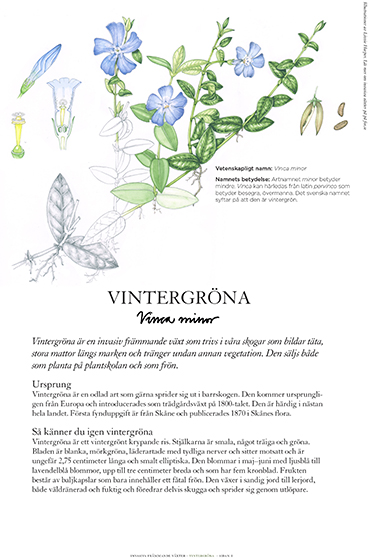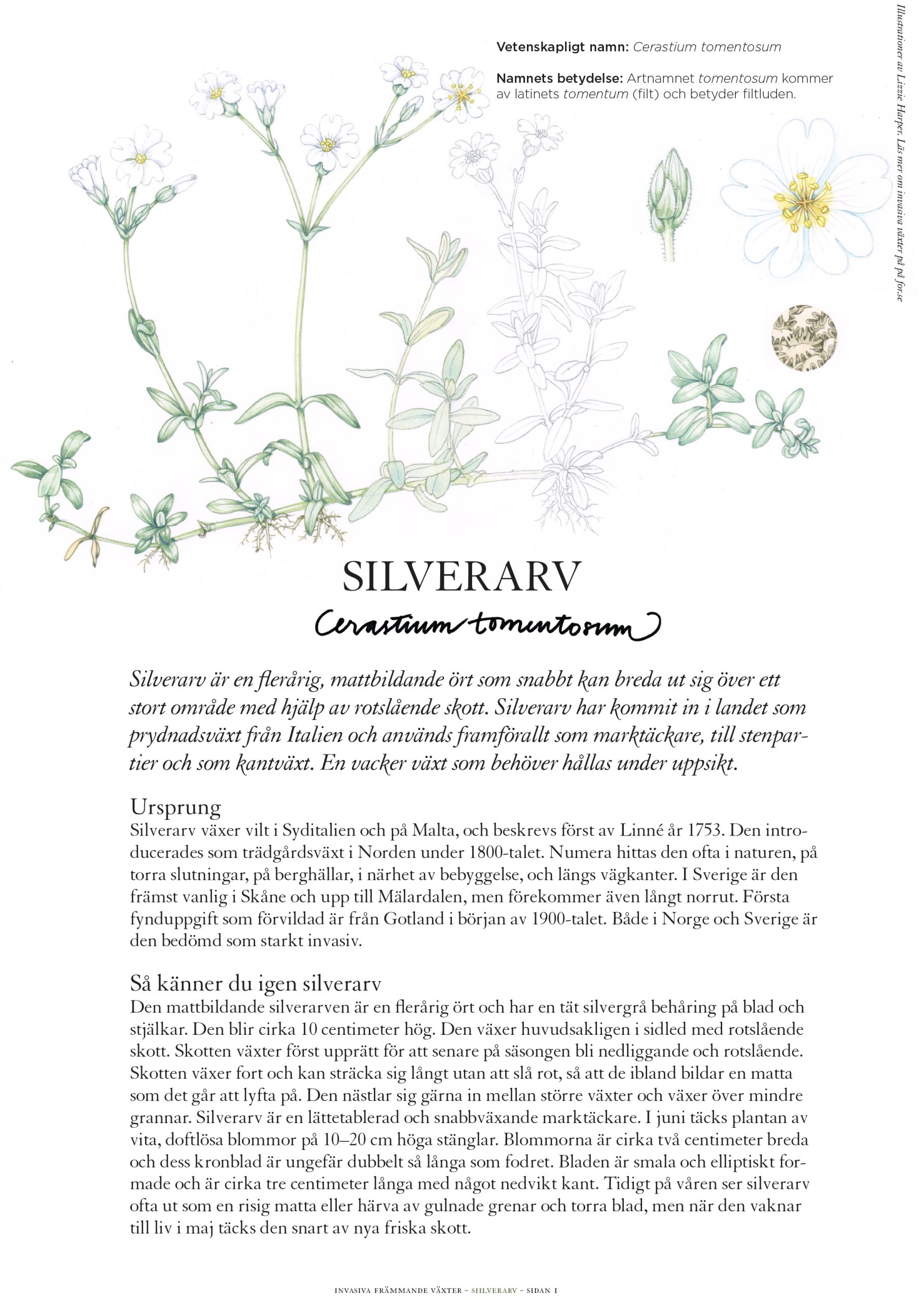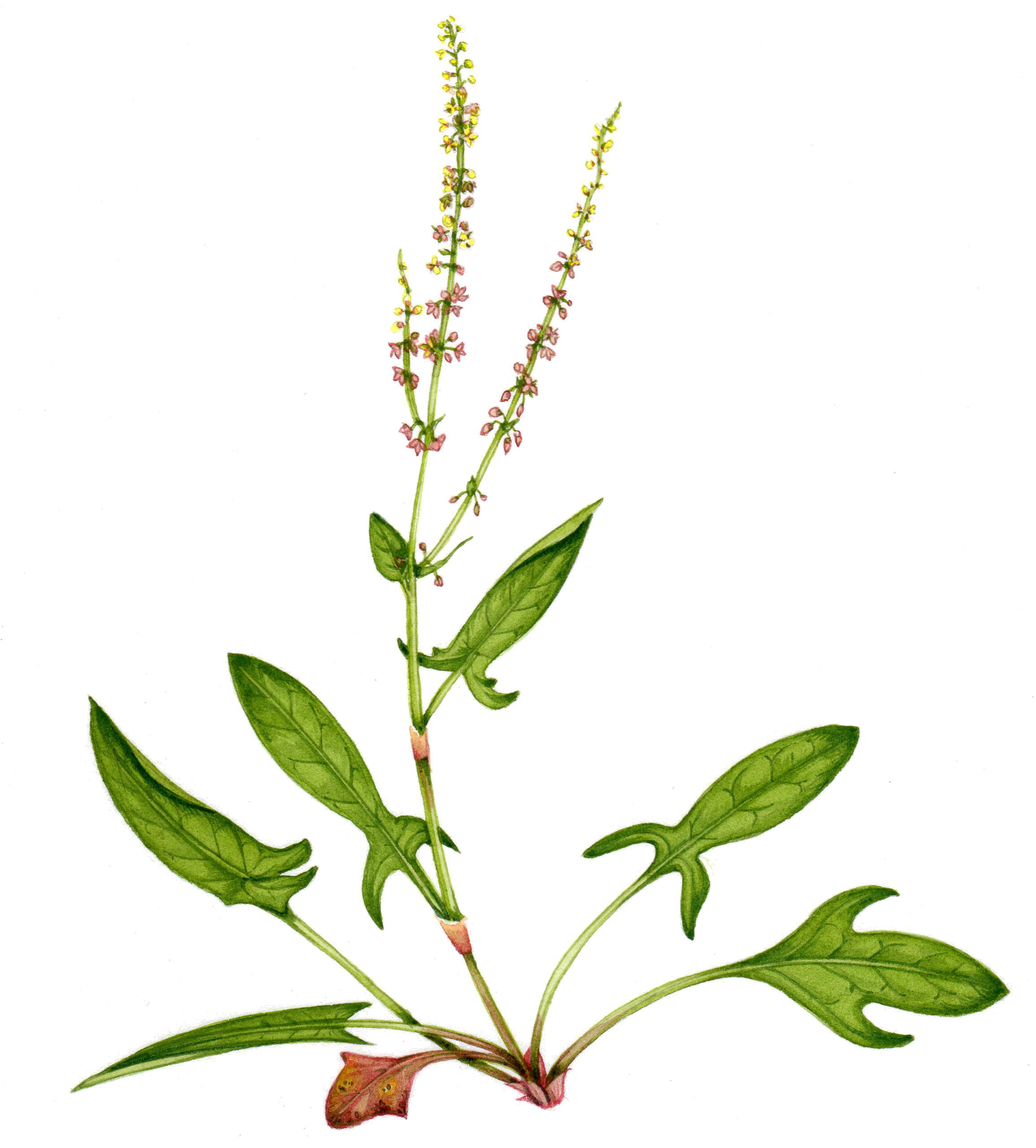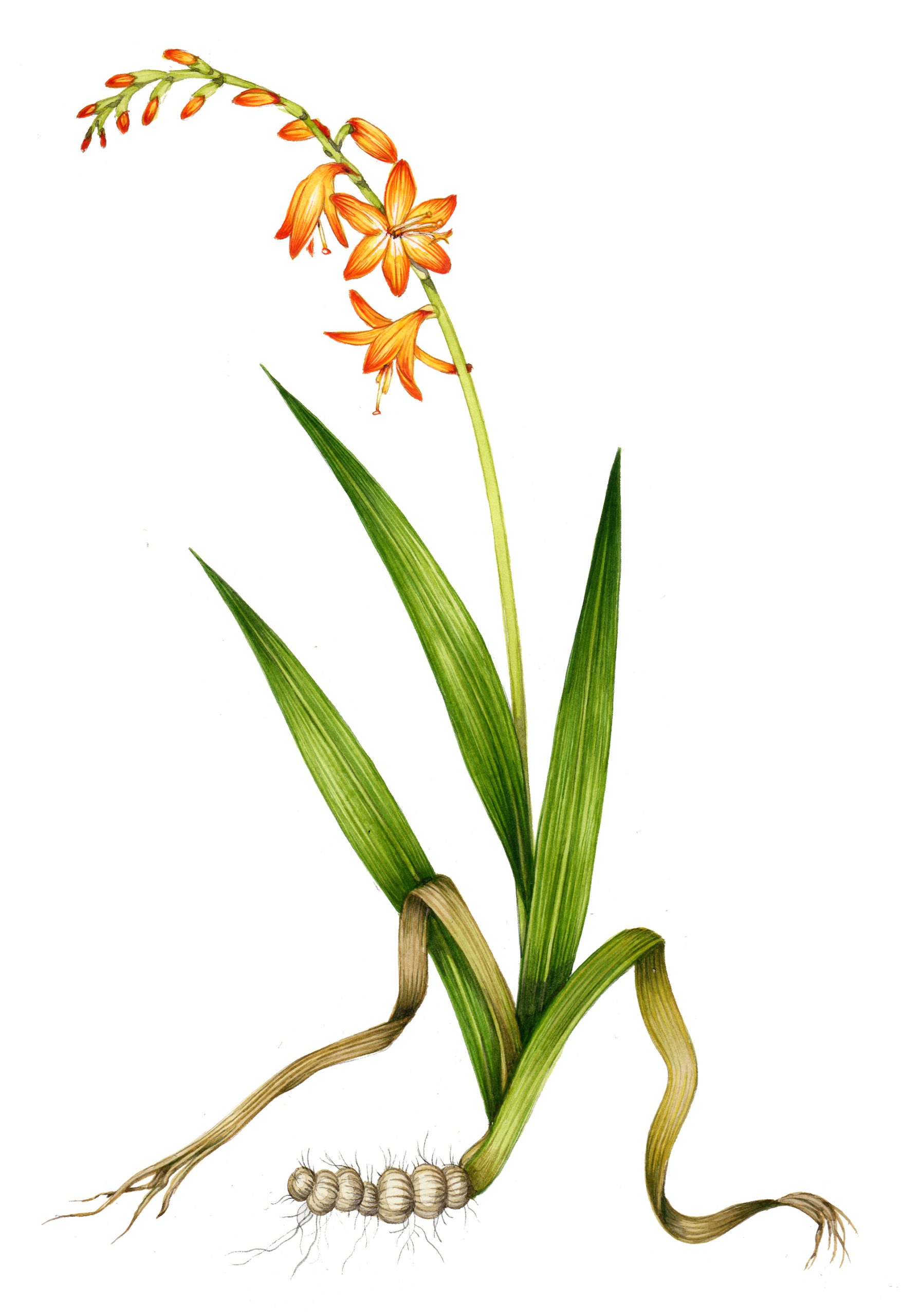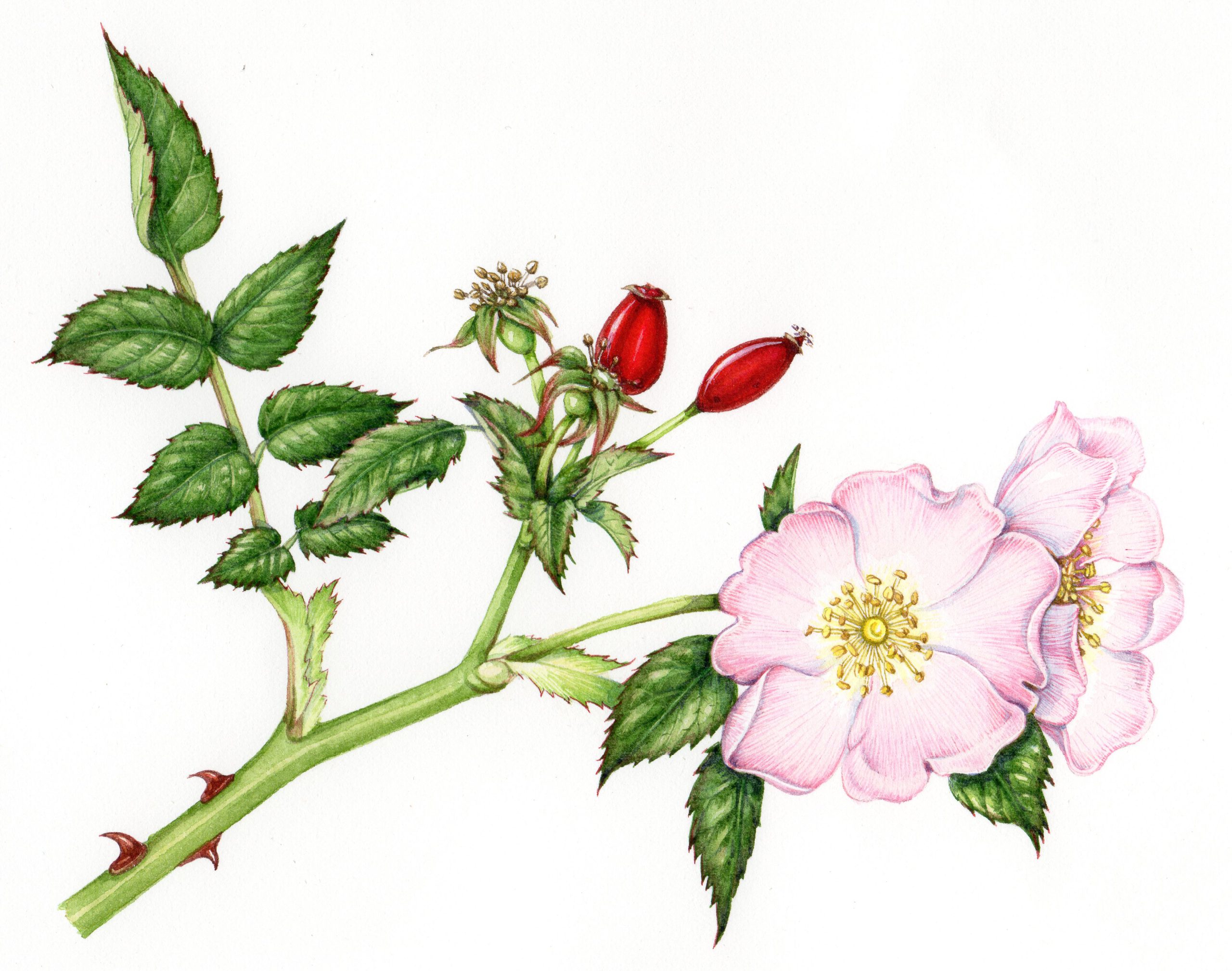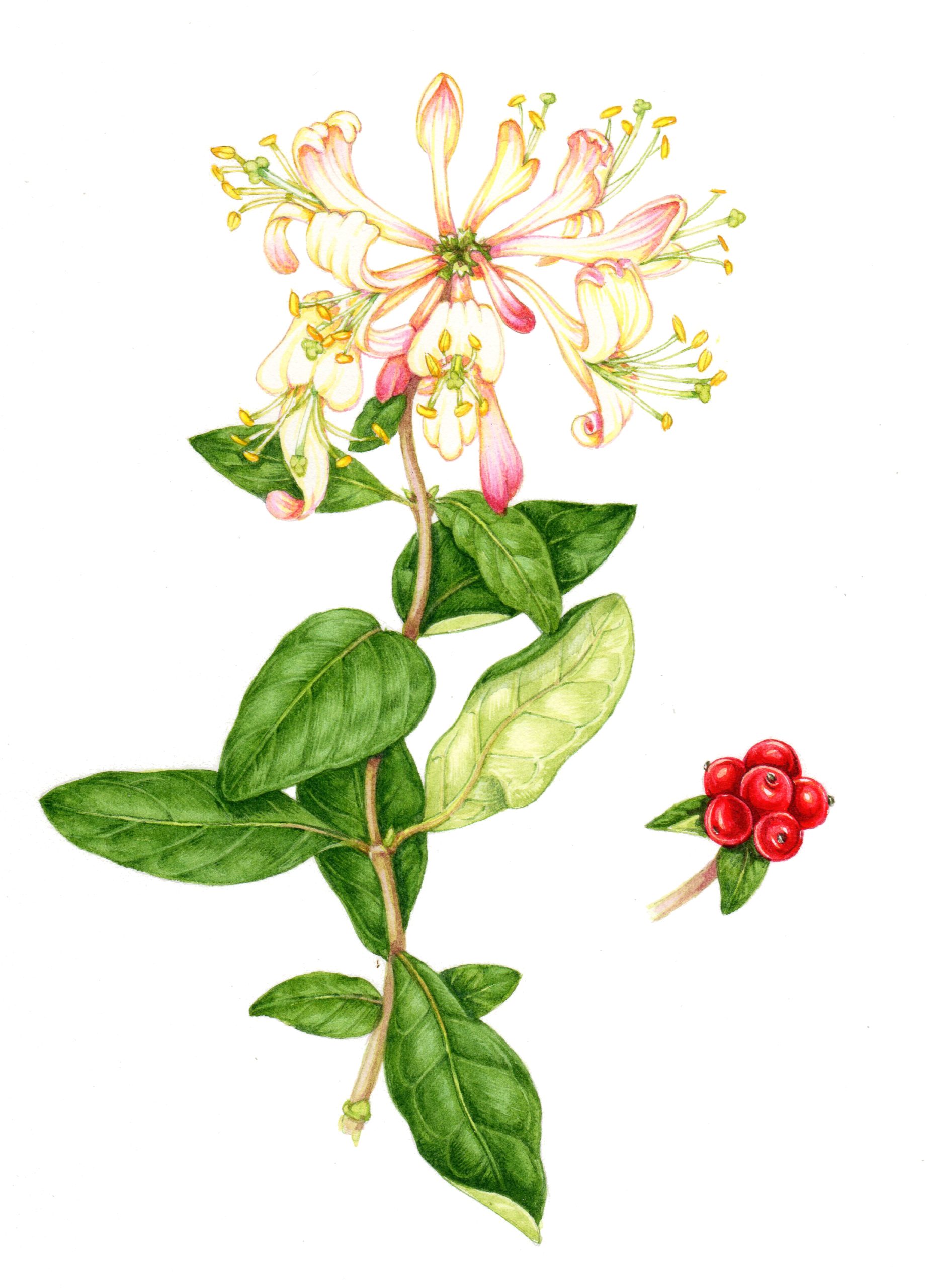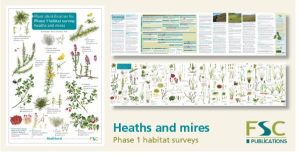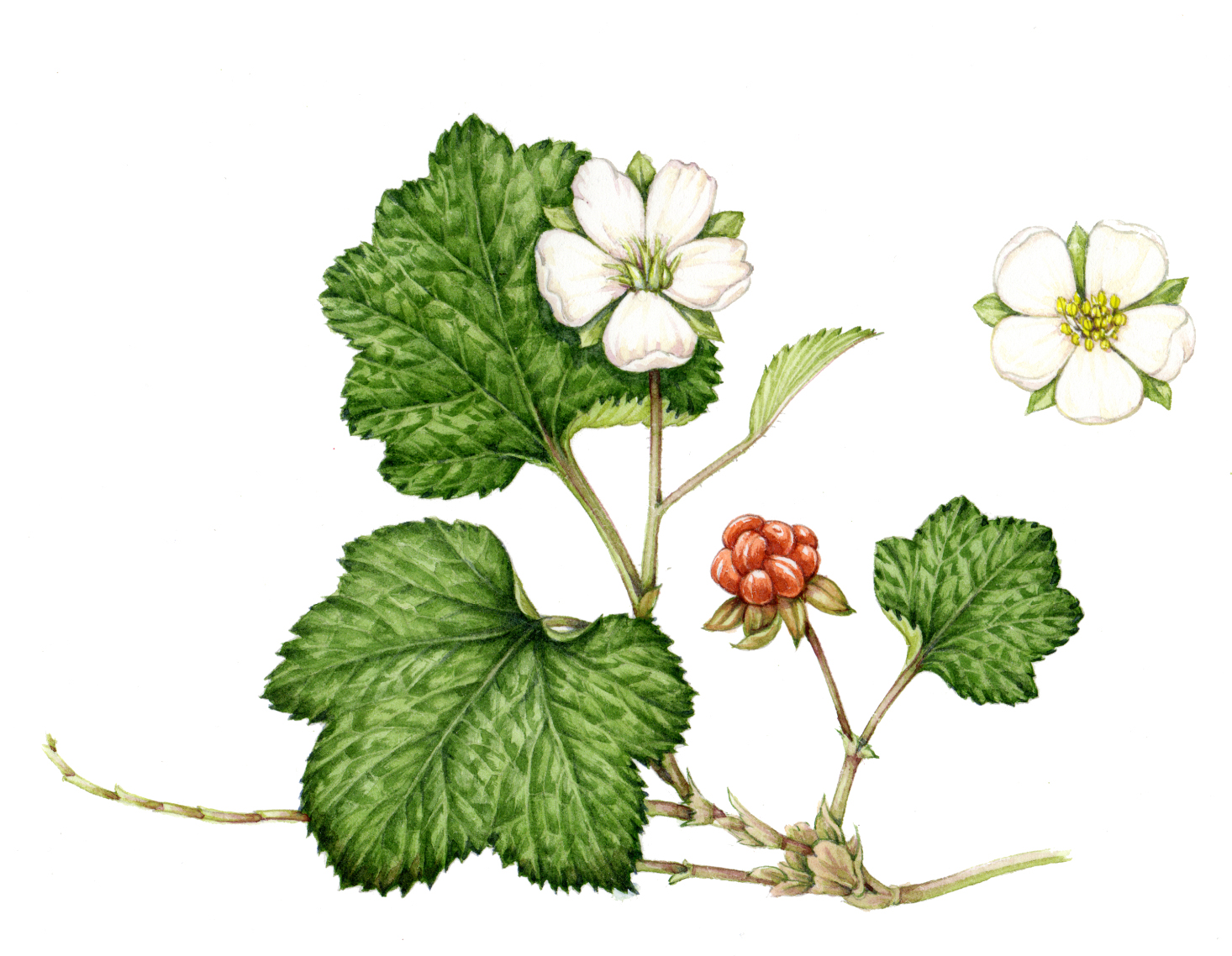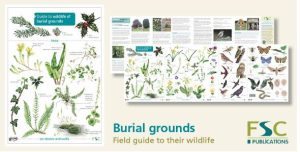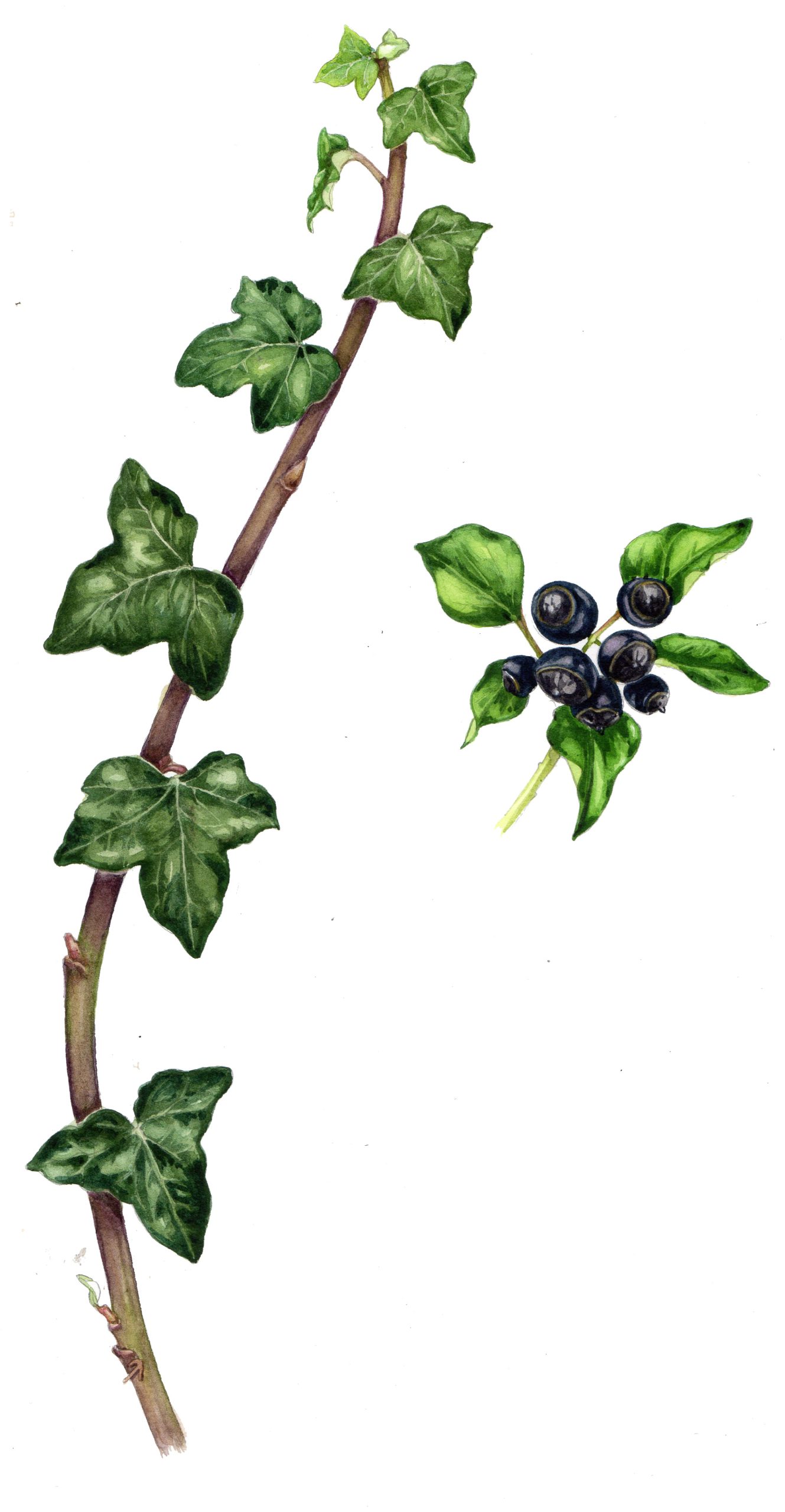plants

Invasive Plant Sketchbook Studies
For FOR SwedenFurther Invasive Plant Sketchbook Studies: Plants include Bridewort, Dwarf Serviceberry, Dwarf Japanese knotweed, and False acacia
https://for.se/hitta-de-invasiva-frammande-arterna/
Invasive Insects Sketchbook Study Sheets
For FOR SwedenInvasive Insects Sketchbook Study Sheets botanical illustrations, notes, and entomological illustrations by Lizzie Harper. Pests featured are the Plum weevil, Japanese beetle, and Apple maggot fly, along with the Xylella fastidiosum bacterium
https://for.se/hitta-de-invasiva-frammande-arterna/
Spotters Reach Identification Guides
Series of illustrations for free i.d. guides within newspapers
Montserrat Flora
Botanical illustrations of some of the common plants of MontserratMontserrat trees and plants – botanical illustrations by Lizzie Harper for education outreach. Completed as full colour and as line drawings.

Invasive Plant Sketchbook Studies
Completed for FOR Swedenhttps://for.se/invasiva-frammande-vaxter/vad-ar-en-invasiv-frammande-vaxt/
LoveLincsPlants Series of Interpretation panels
Lowland Heathland and Acid grassland, and Limestone Grassland PanelsLoveLincsPlants Series of Interpretation panels. Lowland Heathland and Acid grassland, and Limestone Grassland habitats. Botanical illustrations by Lizzie Harper feature throughout.
https://www.lincstrust.org.uk/what-we-do/love-lincs-plants
FSC Invasive Species Chart
(Longlisted for The World Illustration Awards 2020)Botanical illustrations for identification Invasive plants chart showing common non-native wild flowers and plant species. Over 25 plants with their species specific traits made clear for easy identification in the field.
https://www.field-studies-council.org/shop/publications/invasive-plants/
FSC Foraging Chart
Botanical illustrations for identification chart showing common edible wild flowers and plant speciesBotanical illustrations for identification foraging chart showing common edible wild flowers and plant species. Over 25 indicator plants with their species specific traits made clear for easy identification in the field.
https://www.field-studies-council.org/publications/pubs/foraging-chart.aspx
FSC Chart Phase1 Grassland and Marsh
Botanical illustrations for identification chart showing Phase 1 Grassland and marsh wild flower and plant speciesBotanical illustrations for identification chart showing Phase 1 Grassland and marsh wild flower and plant species. Featuring 44 indicator species, this guide is designed to help you carry out a Phase 1 habitat survey of grassland and marsh habitats, following the guidelines set out in the JNCC Handbook.
https://www.field-studies-council.org/publications/pubs/marsh-and-grassland-phase-1-habitat-survey.aspx
FSC Flowers of Walks and Waysides chart
Botanical illustrations for identification chart showing common wild flower species of walks and waysidesBotanical illustrations for the Field Studies Council Flowers of Walks and Waysides chart. Over 25 wild flowers and plants with their species specific traits made clear for easy identification in the field.
https://www.field-studies-council.org/publications/pubs/flowers-of-walks-and-waysides.aspx
FSC Chart Phase 1 Heath and Mires
Botanical illustrations for identification chart showing Phase 1 Habitat survey heath and mire wild flower and plant speciesBotanical illustrations for identification chart. This chart shows Phase 1 Heath and Mire wild flower and plant species. Featuring 62 indicator species, this guide is designed to help you carry out a Phase 1 habitat survey of heath and mire habitats. Follow the guidelines set out in the JNCC Handbook.
https://www.field-studies-council.org/publications/pubs/heaths-and-mires-phase-1-habitat-survey.aspx
FSC Chart Wildlife of burial grounds
Botanical illustrations for identification chart showing common wild flower and plant species to be found in burial grounds and churchyards.Botanical illustrations for the Field Studies Council Wildlife of Burial Grounds chart. Churchyards, cemeteries and burial grounds are found all across the UK. Many have become living sanctuaries for wildlife. This chart features many plants and animals to be found, and gives a brief insight into the history and ecology of these special places.
https://www.field-studies-council.org/publications/pubs/wildlife-of-burial-grounds-chart.aspx






















